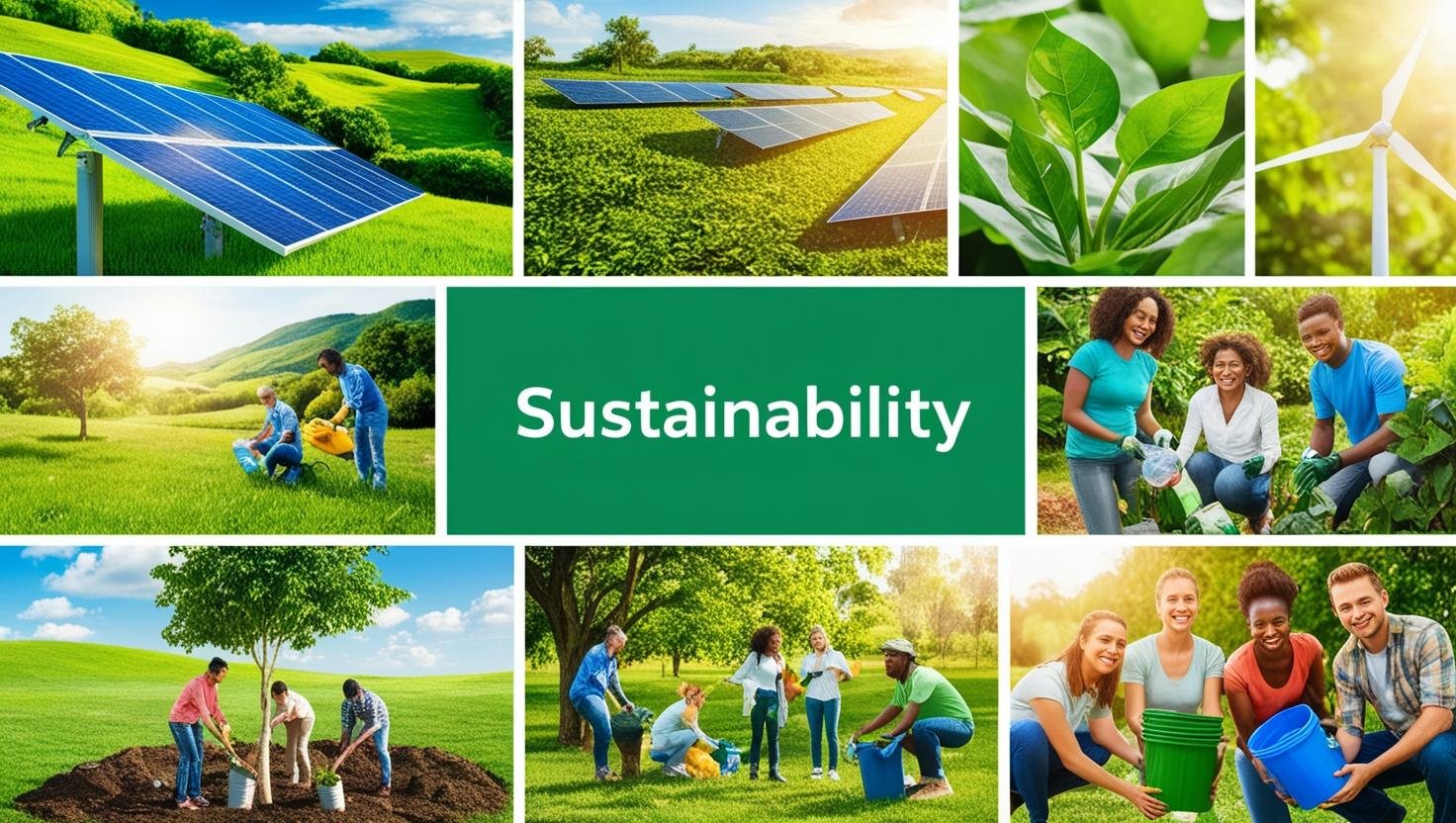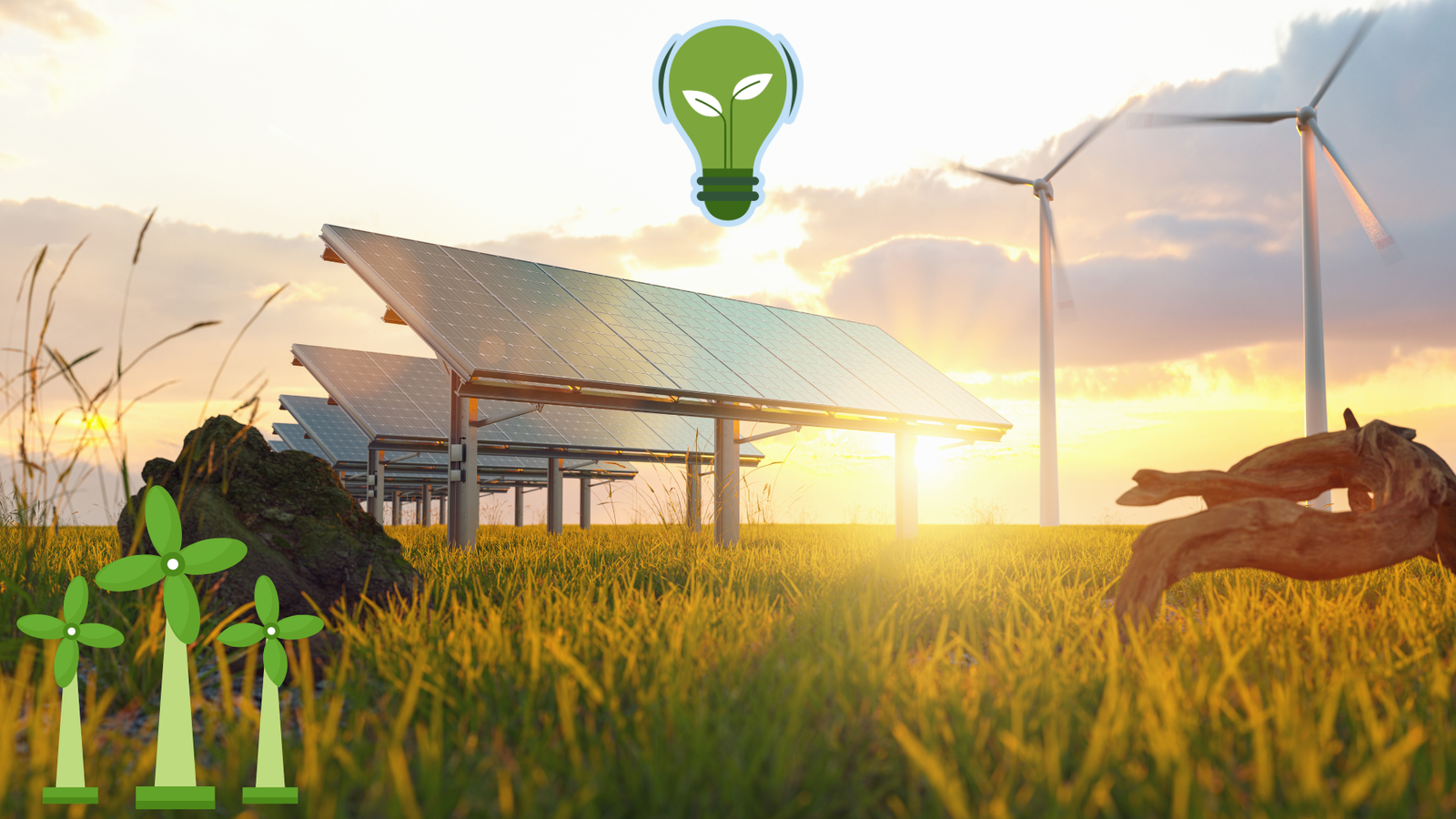In 2025, sustainability is no longer a buzzword or optional add-on—it’s a core strategy for survival, competitiveness, and global impact. From climate action and circular economies to ethical sourcing and low-carbon innovation, the push toward sustainability has become central to how governments, companies, and individuals operate.
This article explores the key drivers behind the sustainability movement in 2025, and outlines how businesses and citizens alike are shaping a more responsible and resilient future.
1. Climate Change: From Awareness to Urgency
Global temperatures continue to rise, and extreme weather events are more frequent and severe. Scientists agree we must keep global warming under 1.5°C to avoid catastrophic outcomes. As a result, governments are enacting stronger climate laws, and investors are rewarding climate-conscious businesses.
🔹 Key Trends in 2025:
- Carbon pricing and emissions trading are expanding globally.
- Companies are committing to science-based targets and net-zero goals.
- Carbon capture and storage (CCS) is gaining traction, especially in heavy industries.
2. The Rise of the Circular Economy
Instead of the traditional take-make-waste model, a circular economy focuses on reuse, repair, recycling, and redesign. Businesses are rethinking how products are made, used, and recovered at the end of their life cycle.
♻️ Examples of Circular Innovation:
- Apparel brands offering take-back programs and secondhand platforms.
- Electronics companies building modular, upgradeable devices.
- Food chains turning waste into bioplastics or biofuels.
Impact: Less waste, more efficiency, and deeper customer loyalty through transparency.
3. Green Supply Chains and Ethical Sourcing
In 2025, businesses are held accountable not just for their own sustainability, but also for the practices of their entire supply chain.
🌍 Key Developments:
- Blockchain is being used to trace materials from source to shelf.
- Certifications like Fair Trade, Rainforest Alliance, and FSC are becoming standard.
- Environmental, Social, and Governance (ESG) audits are common during procurement.
Why it matters: Consumers demand to know how and where products are made. Transparency builds trust—and prevents reputational risk.
4. Renewable Energy and Decentralized Power
Solar, wind, and hydro continue to replace fossil fuels at unprecedented rates. In many countries, renewables are now the cheapest source of energy.
🔋 Emerging Trends:
- Homeowners and businesses use rooftop solar and battery storage.
- Peer-to-peer energy trading is being enabled by smart grids.
- Hydrogen is gaining momentum as a clean energy carrier for transport and industry.
Impact: Lower emissions, energy independence, and new green jobs.
5. Sustainable Urban Development
Cities are responsible for 70% of carbon emissions, making them key battlegrounds in the fight for sustainability. In 2025, urban centers are becoming smarter, greener, and more livable.
🏙️ Smart Sustainability in Action:
- Green buildings with net-zero emissions and smart sensors.
- Electric buses, bike-sharing systems, and car-free zones.
- Vertical farming and green roofs to support local food systems.
Why it matters: Sustainable cities improve health, reduce costs, and foster community resilience.
6. Corporate Sustainability as Strategy, Not Charity
Forward-thinking companies are no longer treating sustainability as a PR exercise. It’s now integral to risk management, innovation, and profitability.
💼 What leading companies are doing:
- Embedding sustainability into R&D and product design.
- Linking executive pay to ESG targets.
- Publishing detailed impact reports with third-party verification.
Result: Better brand equity, access to green capital, and long-term growth.
7. Individuals Are Driving the Change
Consumer behavior is shifting. People are choosing brands that align with their values—and they’re willing to pay more for sustainable products and services.
👥 How individuals are contributing:
- Reducing plastic use and food waste.
- Supporting local and ethical businesses.
- Investing in ESG funds and green portfolios.
Impact: When millions make better choices, systemic change accelerates.
8. Challenges Still Ahead
While progress is promising, major obstacles remain:
- Greenwashing: Misleading environmental claims can erode trust.
- Global inequality: The Global South needs more support for climate adaptation.
- Policy gaps: Stronger enforcement and coordination are needed across borders.
Addressing these challenges will require collaboration, innovation, and leadership at all levels.
Conclusion: Sustainability Is the New Standard
Sustainability in 2025 is not just about the planet—it’s about profitability, preparedness, and purpose. Businesses that embrace sustainability are not only protecting ecosystems—they’re building resilience, attracting loyal customers, and staying ahead of regulation.
Whether you’re a CEO, a city planner, or an everyday citizen, the shift toward a sustainable future is happening now. The real question is: What role will you play?




